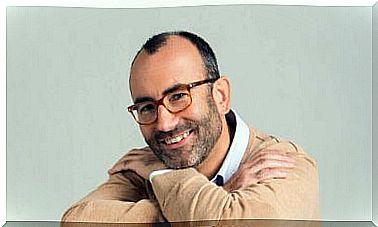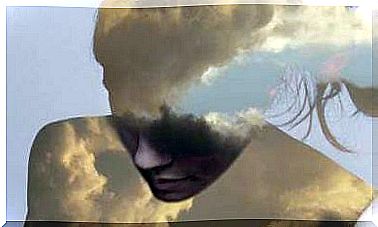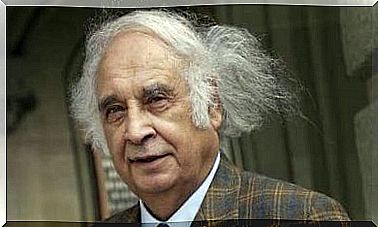Inner Disconnection: When We Neglect Our Emotions
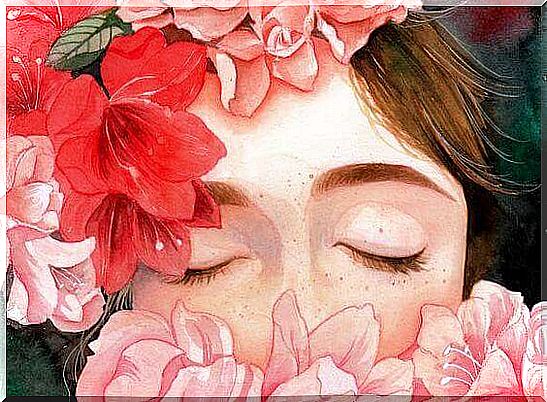
Inner disconnection is a defense mechanism that many put into practice. It means choosing not to feel any feelings so as not to suffer, it means “cooling” the heart to protect the soul from any failures, disappointments or wounds that do not heal. This strategy actually takes away from healthy participation in life.
Let’s analyze for a moment the purpose of the emotions we feel. Whenever they are activated in the brain, they trigger a reaction throughout our being. Sorrow, for example, distances us from something or someone. Affection, enthusiasm or passion immerse us in dynamics that make us feel more energetic and creative than ever.
However, those who think that negative emotions have no purpose or that they only serve to make us unhappy are wrong. In fact, it is these emotions that have allowed us humans to adapt, learn and move forward in the course of our evolution and life cycle. Fear or anxiety are survival mechanisms, they are alarm signals that we must know how to interpret in order to translate them into adaptive responses that guarantee our integrity.
Neuroscience and interesting books such as A new view of pain as a homeostatic emotion reveal a very interesting fact: modern man feels so much fear. Beyond external threats or actual physical danger, the fear of this world is much deeper and complex. .
We are talking about inner fears, of those personal demons that paralyze us, that take away our air and that undoubtedly have different causes. Given our inability to manage these fears, we often opt for emotional disconnection syndrome.
We invite you to reflect on this concept that you may already know.
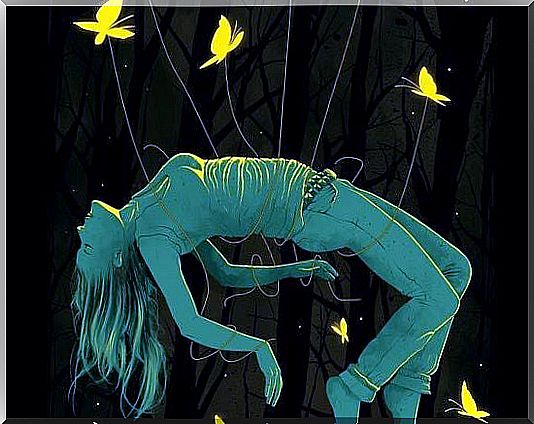
Inner Disconnection Syndrome: An All-too-Common Defense Mechanism
Let’s imagine for a moment an ordinary person, Michele for example. This young man has an emotional past full of failures behind him. His level of disappointment is so profound that the boy has started a new phase in his life by minimizing the emotional commitment. He does not want to suffer again or experience any other disappointments or disappointments.
His defense mechanisms to achieve these goals are now refined: he has started a complex dissociation between thoughts and emotions to the point of “intellectualizing” anything. In this way, he protects his emotional isolation at all times with arguments such as: “I am happy alone, I think that love is a waste of time and that it hinders my professional future”.
Michele developed the inner disconnect syndrome to put aside the disenchantment of the past so that it never happens again. However, and here comes the interesting fact, in addition to raising a barrier to avoid actively participating in life, our protagonist is sinking into the same emotional void from which he wanted to protect himself.

The effects of emotional disconnection
If for Michael to love is to suffer, closing the doors to love often implies transferring this same suffering to all areas of life. Emotional disconnection is an unstoppable virus that slowly advances and conquers more and more territories. Because the person who feels it stops registering affection within himself as something significant.
After a while, the cryptic frustration, the subtle bitterness, the relentless bad mood and that emotional malaise will emerge that sooner or later will result in physical pain, insomnia and various diseases and even in the shadow of depression.
Living in connection with your emotions: a daily life saver
At the beginning of the article we talked about the role of negative emotions in our life. We called them a survival mechanism. However, the previous example showed us that many people, instead of accepting and understanding these emotions, place them in the hold of their mental boats to plunge them into the void of indifference. Of oblivion.
Choosing not to feel anything in order not to suffer makes no sense. It makes no sense because the human being is neither a rational entity nor a machine. People are made of fabulous emotions that act as a guide and allow you to connect with others, learn how to get up after a fall, mourn any pain, laugh with happiness and carry on with your head held high after overcoming the dangers that they taught an important lesson.
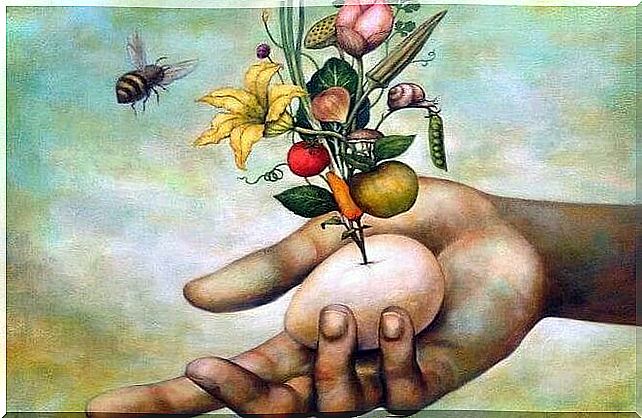
Neuroscience reminds us that the inner disconnection that comes from a set of negative emotions is neither useful nor healthy. Negative emotions, such as fear or sorrow, serve a purpose and shape what scientists call a ‘homeostatic drive’. The human being is designed to act, not to remain still and isolated on the island of dissatisfaction.
When our inner balance is disturbed in some way, a good idea is to gather the energies, be creative and courageous to regain inner homeostasis. And that’s how we can reach emotional fullness or that perfect point where nothing is missing and nothing hurts. Let us allow ourselves to try emotions again in order to connect first with ourselves and then to risk establishing contact with those around us.
Ultimately, our brain is a wonderful social and emotional entity that needs others to stay healthy, to be at peace and in a balance that turns out to be necessary. So, let’s take care of our emotions.
